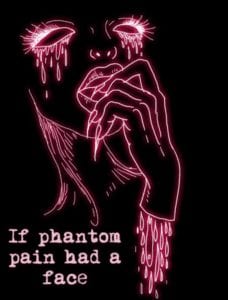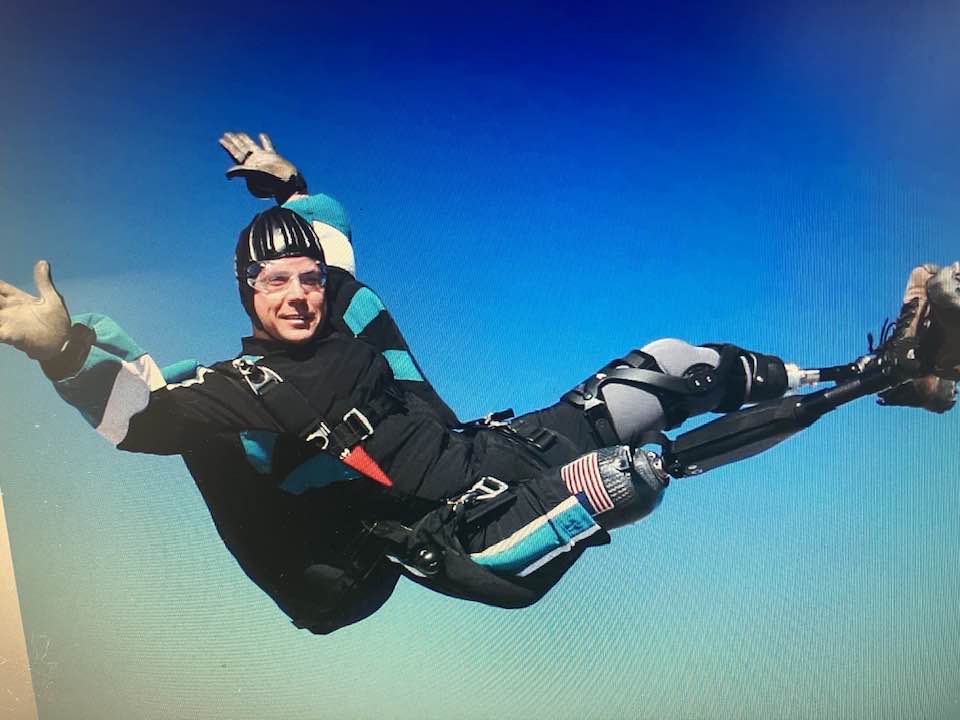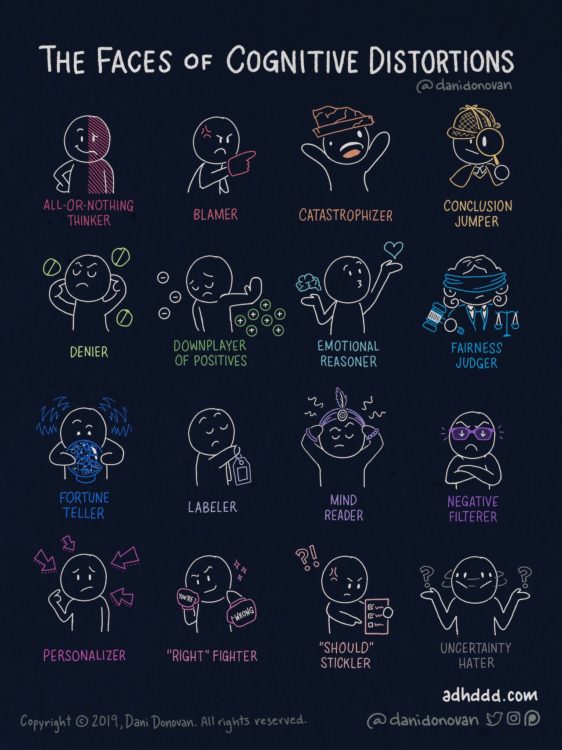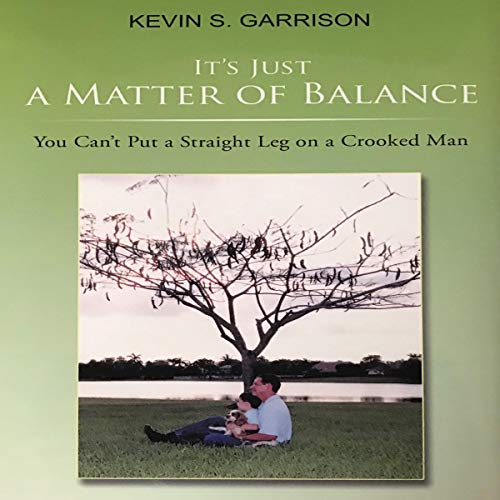
Ask any amputee who has tried beating phantom pain. Their goal is to beat amputation phantom pain. You know phantom pain when you feel it. It comes from where your limb used to be. The sensation starts as discomfort. It is a real feeling coming from the missing limb. It might be a “Charley horse” or a cramp in your hand or wrist. The pain gradually increases. It may start as simple “pins and needles,” or an itch you can’t scratch.
Each year, doctors perform 30,000 to 40,000 amputations in the United States. Ninety-five percent of patients report experiencing some amputation-related pain, with 79.9% reporting phantom pain. One theory to explain this is that the brain has developed a recorded image of the limb and when normal messages from the limb are lost due to amputation the brain attempts to reconstruct that image of the limb and send messages; hence phantom sensation.
The good news is that the brain has an amazing way of re-learn, and this is helped by increasing normal input, for example; moving, touching or best of all, using the residual limb (with the help of a prosthesis) to enable a ‘new image’ of the limb to be created in the brain.
Phantom pain starts in the weeks following amputation.You cannot ignore it. It robs amputees of sleep. They can’t concentrate. It can be similar to a shooting or sharp pain, cramp, burning, or feel like an intense electric shock. There are some treatments for Phantom pain. Phantom pain frequently returns when there are other stressors. Some amputees experience more pain due to a change in weather conditions and surrounding environments.
Experts consider diversion therapy as one of the successful ways to manage phantom pain. It takes its name from the fact that interfering with concentrating on the pain helps reduce its effect. Diversion therapy is when you try to focus your attention on doing something different. Try moving if you have been sitting still for a while, or touching and massaging your residual limb. Some people listen to music, to a friend, or play a game, to help take their mind off the pain. Although the pain does not stop it is felt less intensely.
Other techniques are massage or stretching and mirror therapy. Heat and cold packs are also useful distractions. TENS machines generate electrical impulses through the skin surface, which they transmit to the spinal cord and brain. These different messages from your residual limb (stump) can create a diversion and therefore disrupt and reduce the pain. Healthcare teams always recommend speaking with them to discuss the use of other treatments for phantom pain, ensuring the safety of the chosen method. The use of electrical stimulation of the nerves is a new technique that has shown promise in the treatment of phantom pain.
Vibration therapy is a new technique that has shown to be effective in beating amputation phantom pain. Even more impressively, individuals can do it at home. Amira Idris, a biomedical engineer, developed the TheraV ELIX. Idris was inspired to create the device after a chance encounter with an above-knee (AK) amputee suffering from phantom limb pain at a prosthetic clinic where Idris used to work. After seeing the limited pain relief options available for amputees, Idris decided to create an alternative that doesn’t depend solely on drugs.
When neural circuits responsible for processing sensory input and producing motor output in the missing limb loses its role, it becomes prone to entanglement with other neural networks, which cause them to send mixed signals to the brain. Vibration therapy stimulates the nerves, suppressing painful inputs and disrupting pain signals sent to the brain, thereby providing relief. Vibration therapy also increases blood circulation and reduces symptoms of arthritis or restless legs syndrome. There have been several new ways of beating amputation phantom pain.




